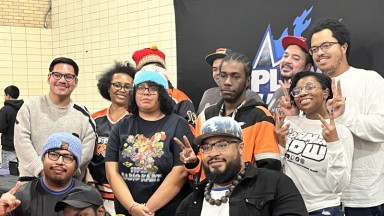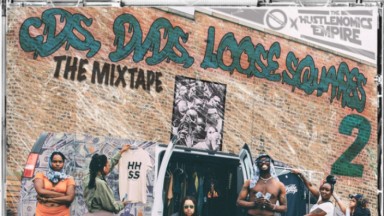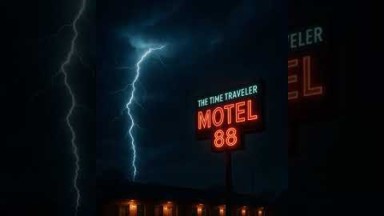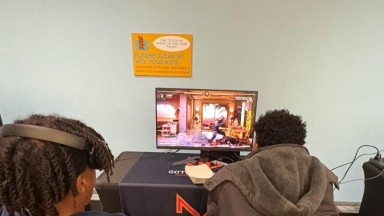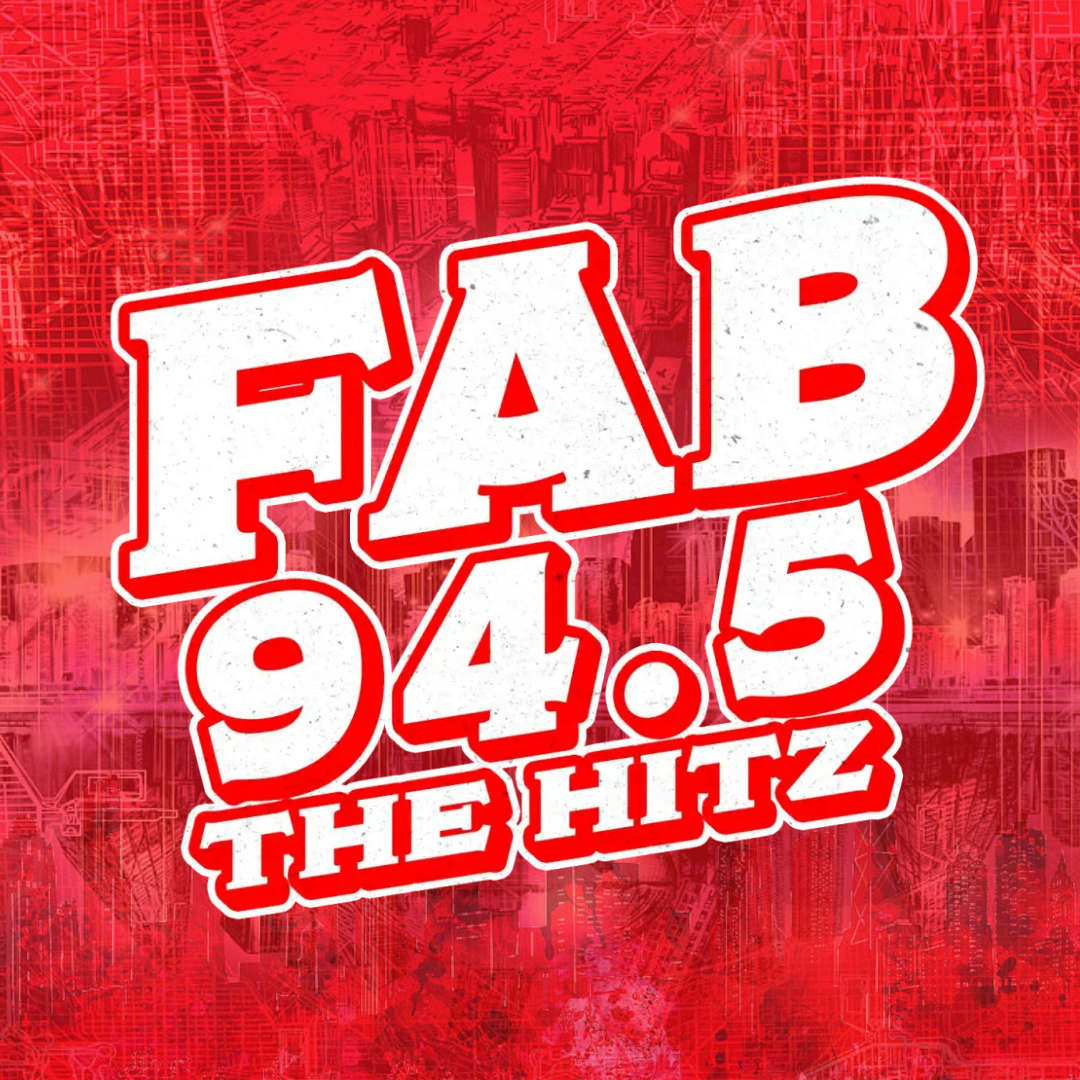Chance The Rapper Finds Reclamation And Reconnection With New Album ‘Star Line’
Published on Aug 18, 2025
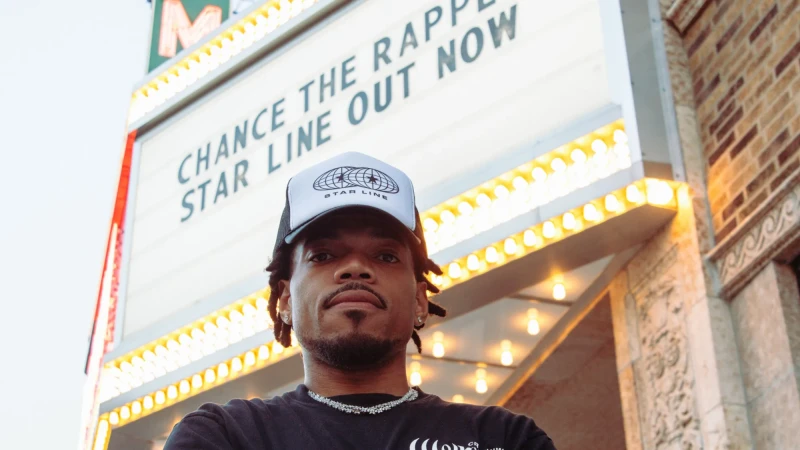
CHICAGO — Music has always been a vulnerable space for Chance the Rapper, with lyrics exploring family, heartbreak, his inner demons and his mental health.
But Chance’s new album, “Star Line,” could be his most raw and honest project yet.
“My writing on this project, I’m really proud of it,” Chance told Block Club in an introspective sit-down. “It tells so much of my story in such an intricate way. In ways that still surprise me.”
“Star Line,” released independently last week and created in collaboration with longtime producer DexLvL, explores Black resilience, cultural identity, racial inequality, cannabis justice and more.
Chance, who experienced a meteoric rise from his 2016 mixtape “Coloring Book” and chart-topping single “No Problem,” finds himself in new-yet-familiar territory: with the feeling of having something to prove.
His debut studio album, 2019’s “The Big Day,” received lukewarm reactions, something he admits he “had a tough time dealing with.” He re-emerges on the national scene in 2025 with a bold declaration: “I’m the best of all time.”
You could call it a comeback. But for Chance, “Star Line” has been more about reconnection — with his craft, his heritage and the people of Chicago who contributed to his rise.
“I’m an organically built phenomenon in the industry in a lot of ways,” he said. “My value and my stock is wholly decided by the people, and when they’re engaged and they feel heard and they feel seen … that’s when both of us feel the best.”

Chance the Rapper celebrates the release of “Star Line” at the Ramova Theatre. Credit: Keeley Parenteau

Chance the Rapper poses with members of his street team to promote his new album “Star Line.” Credit: Keeley Parenteau
Bringing back the feeling of community with his Chicago fan base has been at the center of the artist’s throwback-style marketing campaign. Throughout the summer, while rocking a bucket hat and “Star Line” merchandise, Chance has been pushing physical CDs of the new project — sometimes signed — much like the rollout of his first mixtape, 2012’s “10 Day.”

Chance The Rapper poses with friends and fans and his new “Star Line” album. Credit: Instagram
“I started out hand-to-hand in them joints,” Chance said. “My dad used to sit up all night, burning CDs one by one. We didn’t have a disc press or anything. He’s burning them off his work laptop on Windows Media Player, and we’re writing on them in Sharpie marker. I’m standing outside passing out my CDs to people.”
In an era when artists spend millions on social media and digital marketing, Chance has opted for a ground game — organizing call banks to spread the word and mobilizing street teams of up-and-coming Chicago dancers and performers throughout Bronzeville, Pullman, Grand Crossing, Auburn Gresham, South Shore and Woodlawn.
It’s reminiscent of the 2010s, when “Chano from 79th” was pushing mixtapes and keeping underground hip-hop in Chicago alive. At age 15, a young Chancelor Johnathan Bennett was building his fan base through open mics and poetry slams at Lincoln Hall and Reggie’s “all ages” shows.
Now, at 32, he’s dancing with friends at Bridgeport’s Ramova Theatre — in which he is an investor — playing WhirlyBall in Bucktown and signing shirts and hats at Sox Park.
“When people see an artist face to face and they recognize that they’re a real person that is just as grateful for them as they are grateful for me, it changes a lot of the relationship,” he said.

Chance the Rapper (center) released his new album “Star Line” Aug. 15, 2025. Credit: Keeley Parenteau
Chance credits the strategy, like much of the album’s inspiration, to Marcus Garvey. Garvey was a Jamaican political activist who founded the Universal Negro Improvement Association, or UNIA, which grew from a small group in Harlem to a movement with nearly 1,000 local divisions worldwide, according to PBS.
Garvey’s Black Star Line — for which the “Star Line” album is named — was a shipping company with the goal of promoting unity and pride among Black people, connecting them to their African roots and encouraging travel across the diaspora.
As backlash mounted around “The Big Day,” Chance longed for a “Star Line” experience with Black communities he had never engaged with on a deep level. He admits the album’s reception left him “doubtful” about his creative output, but a trip to Ghana with fellow Chicago rapper Vic Mensa provided artistic renewal.
“It was really a life-changing trip,” Chance said. He had been to Africa as a kid and had relatives who were “Garvey-ites,” but he said he never truly experienced or understood the continent until recently. He was moved by stories of African countries gaining independence post-colonialism and struck by the parallels he saw between their liberation struggles and the realities of Chicago’s South and West sides.
“I really had a transformative stay,” he said. “It changed the way that I converse. It changed the way that I show up.”

Chance the Rapper and his brother Taylor Bennett during Chance’s performance at Lollapalooza in Grant Park on Aug. 2, 2025. Credit: Colin Boyle/Block Club Chicago
Back in the United States, Chance was ready to write again. He joined a Chicago writing collective with Jean Deaux, Mick Jenkins, Saba and Pivot Gang, which they called Sixteens Chapel. The group met every Sunday for a year over Zoom, doing writing prompts and creating tracks with producers who dropped beats live in the sessions.
“I couldn’t have made this album without them,” Chance said. “That’s how we were raised. We used to do this when we were 14 with guided mentors making us do this. Now we’re doing it on our own.”
Chance is now preparing for his “And We Back” Tour, kicking off Sept. 26 and stopping in Chicago on Oct. 10 at Huntington Bank Pavilion at Northerly Island. He wants listeners to celebrate his past while embracing who he has become as an artist.

Chance the Rapper’s new album “Star Line.” The artwork was designed by artist Brandon Breaux, who has worked with Chance on several of his albums. Credit: Keeley Parenteau
“I really tried my hardest to just never let anybody control what my pen is doing,” he said. “Putting out something to appease someone else is almost disrespectful in my opinion.”
Chance sees the tweets. He knows some people clamor for a return to his “Acid Rap” era or “the old Chance.” But he argues change should be embraced as growth, and “Star Line” is another step in his personal journey.
“When we talk about eras of artists or their different albums and times that they’re in, or the old somebody versus the new somebody, it strips away the fact that we’re all human,” he said. “Nobody else made ‘Acid Rap.’ I’m the guy that made ‘Coloring Book.’ I’m the guy that made the Christmas tape. I’m the guy that made ‘The Big Day.’ Each one of these are steps in my life, where it’s all cumulative.”
As he reflects on overcoming creative doubt to release “Star Line,” Chance is looking forward to reminding fans — and naysayers — who he is as a writer, artist and person. He references Exodus 34:29-35 and the biblical term “shone,” describing Moses’ face when he came back from speaking to God.
“God basically impressed upon him,” Chance said. “When he came back from the mountain to talk to the people, his face was emitting so much light that it blinded the people in front of him, and they all screamed, ‘Moses, cover your face!’ He had to put a sheet over his face, and the Bible says his face was shone.
“And I feel like, if it is a comeback, everyone must admit that when I came back this time, my face was shone.”
